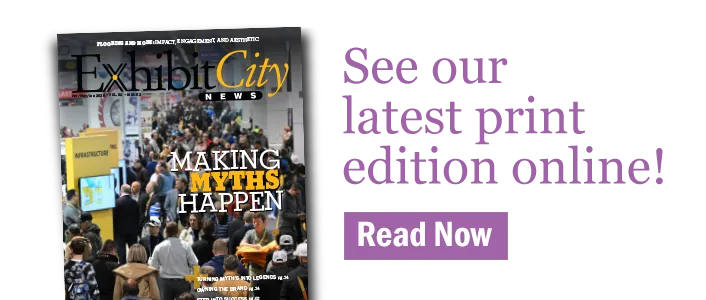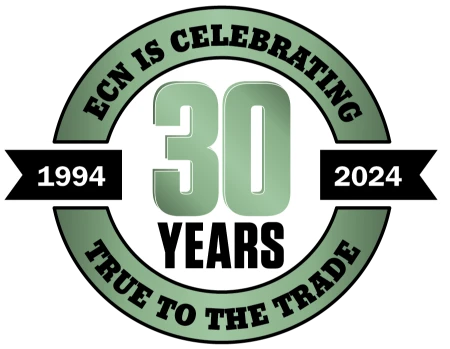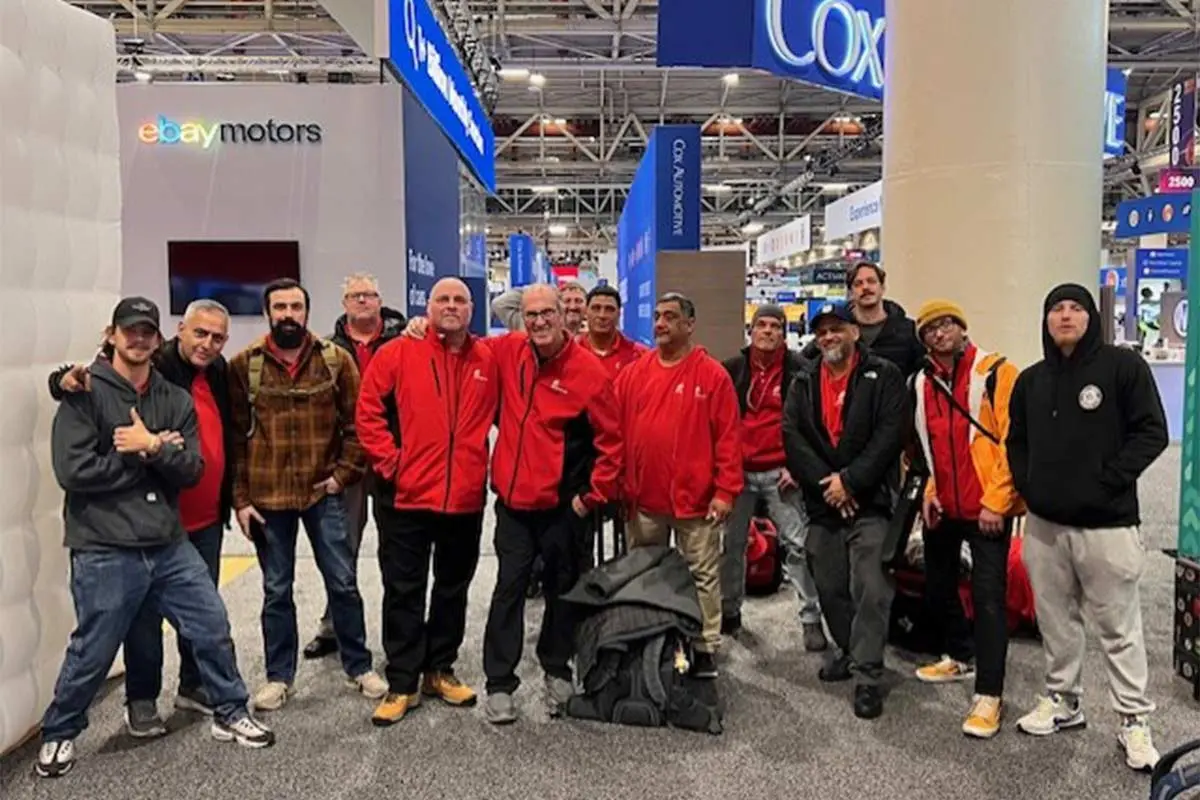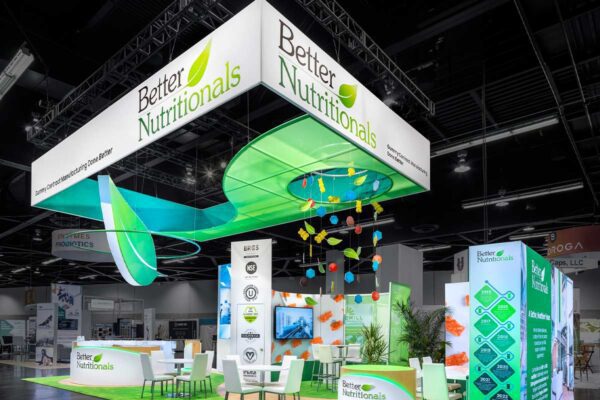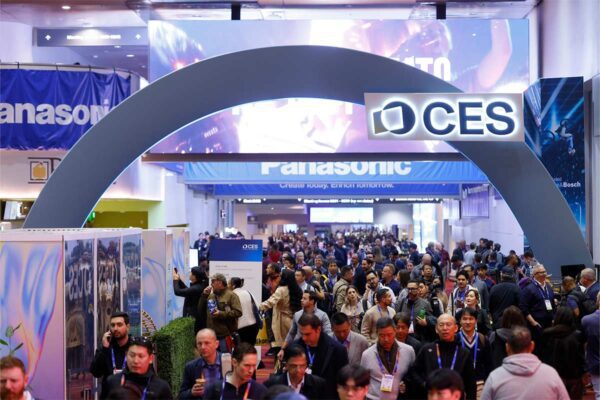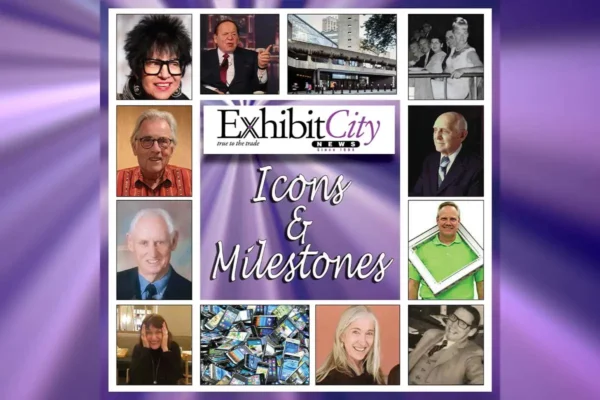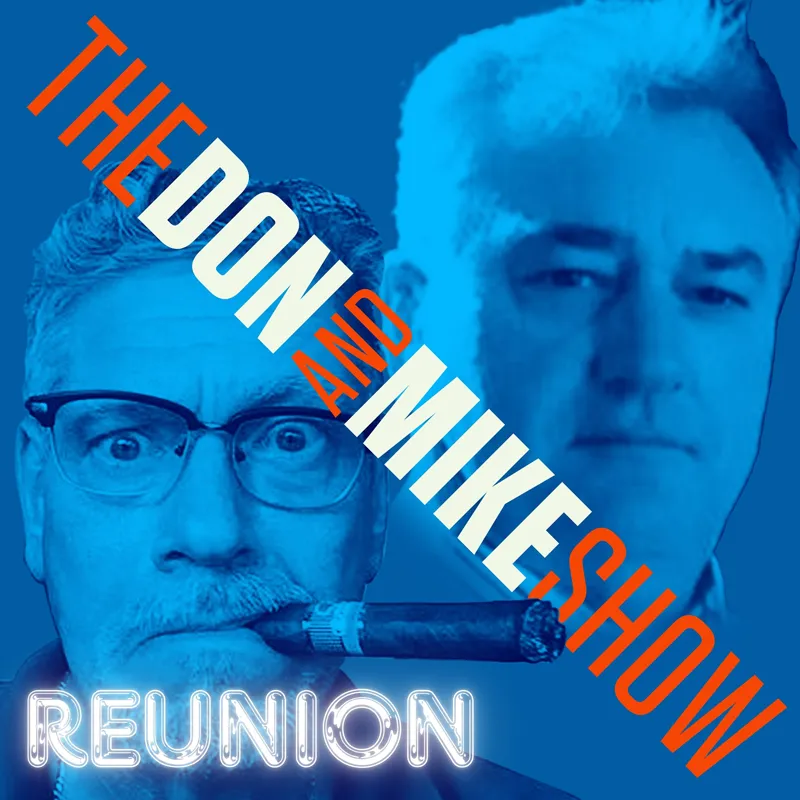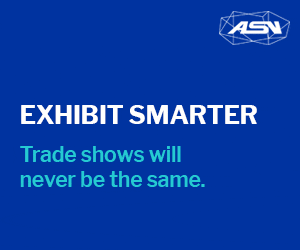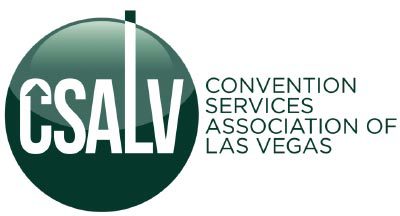Against all odds, tradeshow crews deliver a flawless show
New Orleans isn’t supposed to get snow. And certainly not a record-breaking blizzard that would shut down the city, cripple its infrastructure, and leave tradeshow crews battling the cold, hunger, and exhaustion just to get the job done.
But in January 2025, that’s exactly what happened.
The National Automobile Dealers Association (NADA) Show—one of the largest and most logistically complex tradeshows of the year—was in full setup mode when the storm hit. By the time the snow stopped falling, the city was buried under more than eight inches of ice and snow, the most New Orleans had seen in over 130 years. Flights were canceled. Roads were impassable. Grocery stores were emptied. And inside the Ernest N. Morial Convention Center, where hundreds of workers were racing to assemble massive booths and displays, the temperature hovered in the 20s. You could see your breath inside the building.
Yet, against all odds, the show opened on time.
This is the story of the men and women who made it happen—their resilience, their creativity, and their relentless determination to overcome every obstacle in their path.
The Super Bowl Was Supposed to Be the Challenge
For months leading up to NADA, the biggest concern was labor. With the Super Bowl setting up in the same city at the same time, securing a strong workforce was already a challenge.
“We knew planning this show was going to be tough, even before the storm,” said Walt McCreary, director of field operations at Momentum Management. “We had over 100 laborers scheduled, and we thought juggling that with the Super Bowl would be our biggest headache. Turns out, the Super Bowl was the least of our worries.”
A Storm That Changed Everything
By January 19, the first day of scheduled setup, there were murmurs of a storm on the way. But few took it seriously. New Orleans doesn’t get real winter weather.
Then, at 4 a.m. on January 21, reality hit.
Ice coated the streets. Snow fell relentlessly. The city shut down. By morning, fewer than half of the scheduled workers could even reach the convention center.
For Matthew Little, vice president of Nuvista, the initial concern wasn’t the snow—it was the food.
“Having grown up in an area where it snows in the winter, I wasn’t too worried at first,” Little said. “Then we realized that getting food was going to be a real problem. Stores were empty. Restaurants were closed. And on top of that, we weren’t sure if we’d get all the resources we needed to complete our booths.”
A Workforce in Survival Mode
When it became clear that workers couldn’t commute back and forth to their hotels, quick thinking was required.
“We secured rooms in the Warehouse District next to the convention center,” Little said. “The night shift slept while the day shift worked, and vice versa. It was an added expense, but worth it for the safety of the guys and making sure the job got done.”
For those who did have to travel back and forth, it was brutal.
“Our hotel was only 1.4 miles away, but the city was completely shut down,” McCreary said. “We had to walk to and from work in the freezing cold. No streets or sidewalks were clear. It was an adventure just getting there.”
Food was another crisis. For five days, there were no hot meals—only vending machine snacks, crackers, and whatever else workers could scavenge.
“We lived off PB&Js,” McCreary said. “If you could find chips, you were lucky. I think I ate more granola bars that week than I have in my entire life.”
Unlikely Heroes and Unbelievable Efforts
Despite the chaos, the industry did what it does best—find solutions.
One of the biggest challenges was missing materials. A shipment of beMatrix panels, essential for one of the show’s biggest booths, was stranded in Atlanta.
“We were short 60 panels,” Little said. “We sourced them from a local exhibit house, but we still needed a way to get them to the convention center. One of our local guys—who used to be a tow truck driver—volunteered to pick them up. What should’ve been a 30-minute drive took over three hours round trip, but he made it happen.”
Then there was Bill Kunberger, an account executive at Momentum Management, who heard about the storm from his office in Atlanta. Instead of sitting back, he jumped in his car and drove to New Orleans.
“When Bill showed up, he had a full bin of wool gloves, hats, and hand warmers,” McCreary said. “We were freezing, and he just walked in with everything we needed. That was a real morale boost.”
Inside the convention center, every coffee maker was running non-stop. Teams shared supplies, shared food—shared whatever they had.
“We even borrowed coffee cups from another company when we ran out,” Little said. “Everyone was in survival mode, but we made it work.”
“We Thought We Might Not Make It”
The challenges weren’t just logistical—they were mental.
There was a moment when McCreary and his team thought they wouldn’t finish in time.
“We still had exhibits in transit, and trucks were stuck in the snow,” he said. “One of our biggest builds, which normally takes two and a half days, didn’t arrive on-site until 2:30 p.m. the day before the show opened.”
The only option? Work around the clock.
Some crews pulled 14-hour shifts. Others went 28 hours straight.
And yet, no one complained.
“They just kept asking, ‘What’s next?’” McCreary said. “The fight came out in the team. Everyone was focused, minute by minute, on what had to get done.”
A Show Floor United
The real magic of the tradeshow industry isn’t just in the booths—it’s in the people.
“There’s no hierarchy on the show floor during a move-in,” said Jim Wurm, executive director of EACA. “Everyone has to work together. Freight is constantly shifting, space is limited, and every project depends on coordination. That cooperative culture is what makes this industry work.”
That culture became even more critical in the storm.
“This wasn’t just about getting the show ready,” Wurm added. “It was about making sure people had food. That they weren’t freezing. That they were getting enough rest. It was a level of teamwork you don’t always see.”
By the time the show opened on Friday, it didn’t matter what company you worked for—everyone on that floor knew they had accomplished something extraordinary.
Lessons from the Storm
When asked about the biggest takeaway from the experience, Little didn’t hesitate.
“Always pack warm gloves, a wool hat, and thermals,” he said. “And maybe some snacks.”
McCreary, who has been in the industry since 1988, put it in perspective.
“This was the hardest challenge I’ve ever faced in my career,” he said. “But we did it. Not because of luck, but because of the people. The people in this industry are tough. They’re resilient. Whether it’s a snowstorm, a hurricane, or any other crisis—you find a way to get the job done.”
And at NADA 2025, against all odds, they did.
This story originally appeared in the Q2 2025 issue of Exhibit City News, p. 56. For original layout, visit https://issuu.com/exhibitcitynews/docs/exhibit_city_news_-_apr_may_jun_2025/56.



